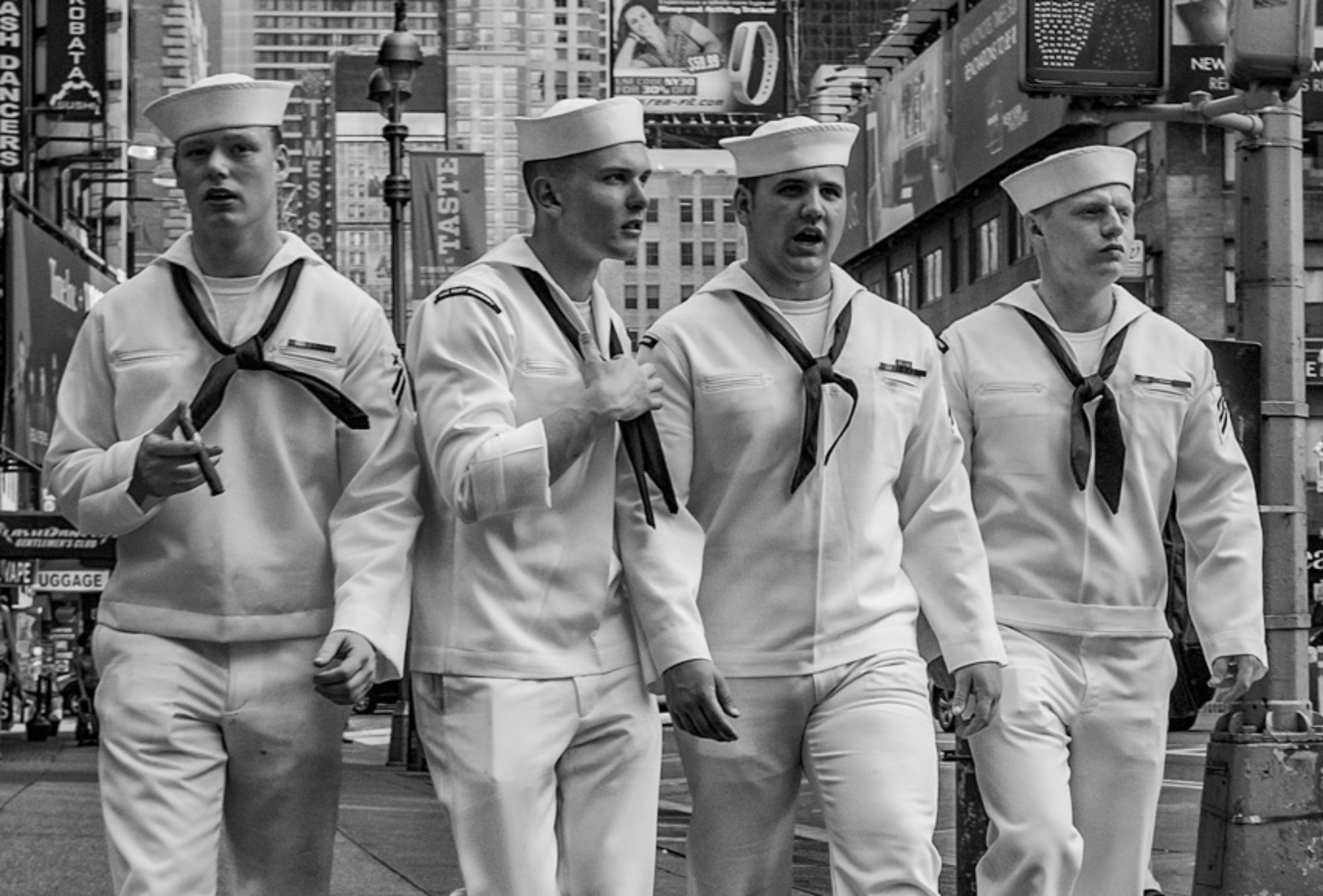Sensors
I am frequently asked about cameras and if such and such is a good piece of equipment. I invariably look at camera equipment from a very basic standpoint, but also try to take into account what the person may want to do with it, and what their skill levels are as far as using it. I will attempt to break out the basics here on the technology of modern cameras and what the tradeoffs are (and perhaps what my preferences are.)
Most digital cameras have more in common than not – from one in a cell phone to a professional grade DSLR. In general, they all have a lens which focuses the light on a sensor.
So, why the differences in price and quality? Let’s work forward from the image sensor.All sensors are not created equal. In general, the bigger the physical sensor, the better that it will be at capturing light – this is frequently characterized as “low light capability.” A very simple explanation which may help in understanding this is to envision that each pixel in a sensor array is like a tiny bucket that can capture photons (or ‘particles’ of light). When you take a picture, each pixel accumulates a number of photons that equals the amount of light that has fallen on it – the bigger the bucket – the more light it can capture. So, even if a tiny sensor that has the same number of pixels as a big sensor, it will have smaller sized pixels. There is a lot more to it than just this, but this may help visualize why bigger sensors tend to be better. There are other advantages too which will be discussed later.
Digital SLRs typically have either full frame sensors or APS-C “Partial Frame” sensors. A full frame sensor is the size of 35mm film – or about a 1.4 inch diagonal sensor. There are bigger sensor cameras out there, but these “medium format” and larger cameras are extremely expensive and almost exclusively used by professionals. The partial frame sensor DLSRs have a smaller sensor that is slightly less sensitive, but in general, quite good.
Bigger is Better
If is not clear already, bigger is better when it comes to sensors. Everyone can take a beautiful shot in bright sunlight, but as soon as you start to shoot indoors or with less ambient light, a bigger sensor will beat out a smaller sensor in almost every situation.
Bigger Sensor vs. More Pixels
SLR vs. Leaf vs. Mirrorless
We will look at the differences of these later, but the fundamental differences of the sensor are the same. When you look at a different cameras, be sure to look at not just how many mega-pixels the camera has, but what size sensor it has. As you start looking at the sensor sizes, look at maximum ISO (sensitivity) and see if there are blogs or reviews which show maximum usable ISO. I have a Canon 7D that has a 12,800 ISO setting – but for any reasonable shooting, I don’t think the camera can be used at more than about ISO 1600. Why? The noise levels are so severe at the higher ISO settings that I don’t expect to get any decent shots.
Depth of Field
Another advantage of a large sensor is that you can achieve a much smaller depth of field compared to a smaller sensor with the same lens. When you look at a portrait and see the background blurred out behind the subject – this “bokeh” occurs due to the narrow depth of field of focus. This effect occurs due to the combined effect of the aperture of the lens – the wider open (or lower f-stop) and the bigger the sensor – the smaller depth of field in the picture. More on depth of field later – but the sensor size will impact this so if you look to shoot portraiture, a bigger sensor is probably something to consider.
Summary – Sensors
Regardless of your camera, I suggest you test the limits of what your camera can accomplish in various light settings. If your camera cannot go over 1200 ISO without getting ridiculously noisy pictures, then don’t shoot over that. If your camera has a setting to limit ISO when in an auto mode – I encourage you to figure out what works for you. The maximum the manufacturer has may not work for you.
One last thing … when I do decide to push the heck out of a camera – like going to ISO 25,000 or something – I know that the picture will be grainy. I anticipate going B&W with it as I find that a grainy B&W picture feels more “acceptable”. Also, color seems to be captured less at the very low levels anyway.


